I Can’t Believe It’s Butter That Was Buried in a Bog!
Following an ancient Irish practice, one man made his own bog butter.
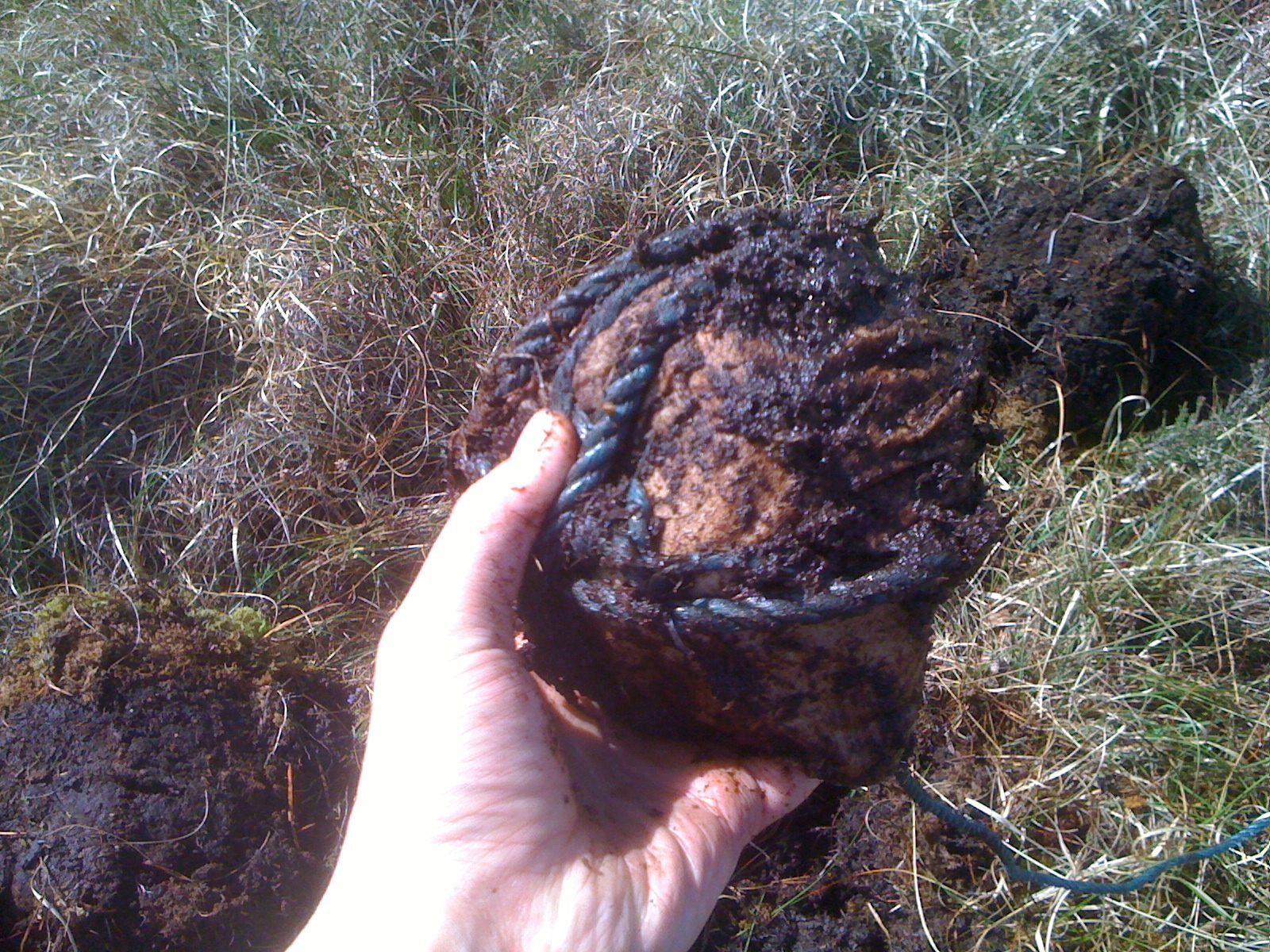
Seventeen months ago, Brian Kaller made a little more than three pounds of butter, wrapped it in cheesecloth and a kitchen towel, tied the package together with bright blue rope, and buried it in the bog behind his house in the Irish countryside. This summer, as the bog became lush, he dug the butter up.
The package was almost black with muck, but when Kaller pulled back the coverings, the butter smelled fine—not even a little rancid. It appeared to have darkened slightly, to a deeper yellow, but otherwise looked about as it had when he had buried it more than a year before.
The only thing left to do was taste it.
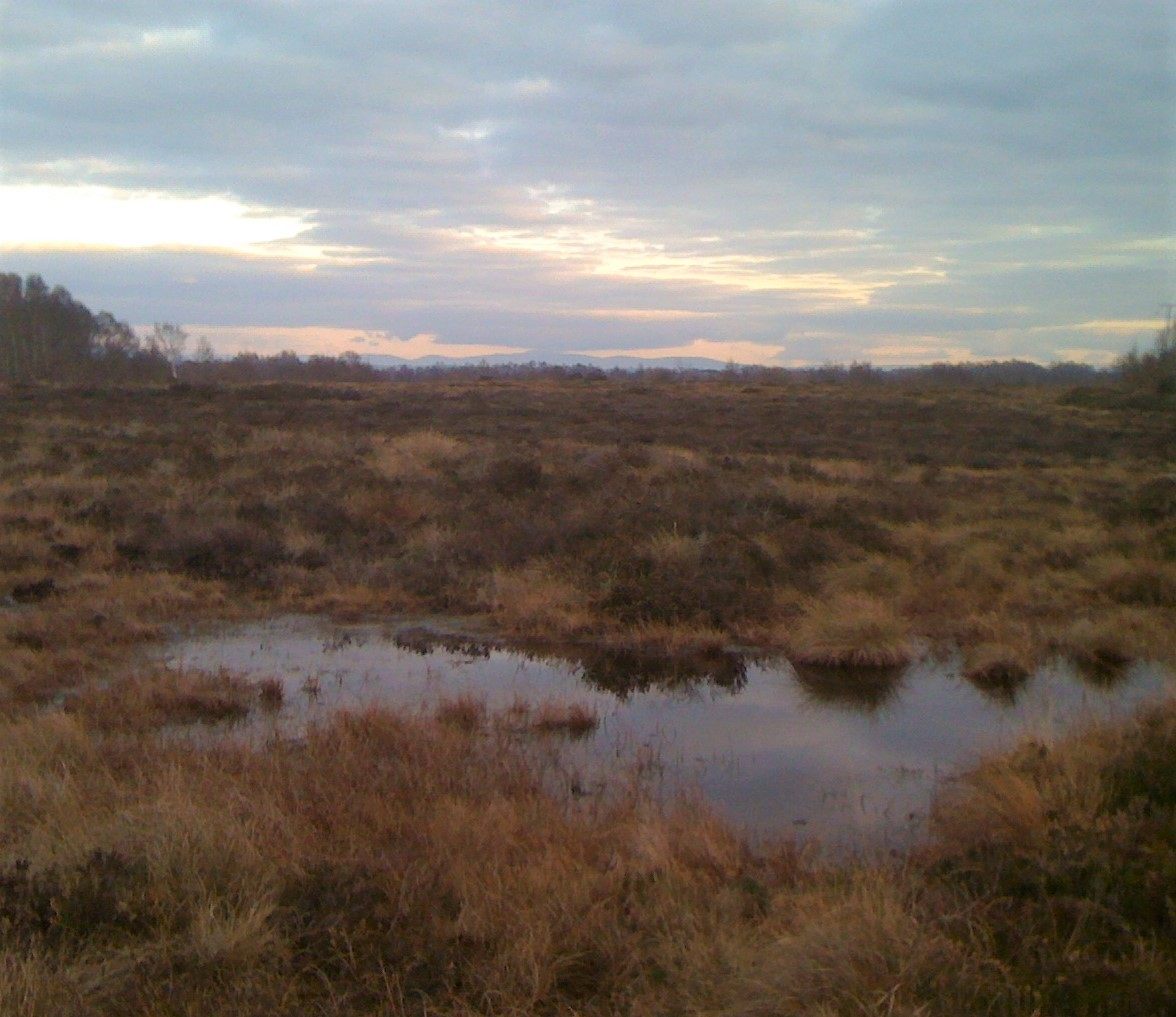
For thousands of years people have been burying butter under the spongy surface of boglands, where organic matter doesn’t rot as it does elsewhere. There’s little oxygen in the bog’s depths to feed mold and other decomposers, and the decaying peat that makes up the bogs creates compounds that help preserve anything buried in them. Ireland’s bogs have produced millennia-old “bog bodies” (startlingly well preserved human remains), and ancient bog butter is discovered with some regularity. These large chunks of butter or beef tallow might be 2,000, 3,000, even 5,000 years old, and they are usually still (technically) edible, though they’re said to have a sharp, cheese-like smell.
Why would Ireland’s ancient people bury giant chunks of butter? As a calorie-rich food, butter was valuable, and it’s possible that these troves of fat were meant to help stave off famine. Some students of the Irish past, though, believe that bog butter was sometimes meant as an offering to a now-forgotten god.
Kaller’s family is Irish, but he grew up in St. Louis, Missouri. He has an interest in self-sufficient living, and when he moved back to Ireland, to his wife’s family land, he started studying and writing about older ways to make and preserve food. His family lives on about an acre of land, along one of the canals that was once used to transport dried turf, used for heat, to Dublin, and they keep chickens, bees, and a garden in which they grow some of their own food. His elderly neighbors and local craftsmen, he says, still have “incredible amounts of lore” to share. (For instance, they say, you should plant potatoes on St. Patrick’s Day and harvest them on Halloween.)
Modernity came late to Ireland, he says. “People growing up here in the 1960s or ‘70s often didn’t have cars, electricity, or plumbing.” Making bog butter is just one of a series of experiments Kaller has tried, along with experiments with traditional ways of making jam, preserving eggs, and creating an old-fashioned slow-cooker in a box insulated with hay. “I like to test these things,” he says, “and find out if there’s something to it.”

Before burying the butter in the bog, Kaller had something of a bog butter dress rehearsal. He buried a jar of butter in the Bog of Allen—behind his house, past a neighbor’s pastures—and left it there for about seven months. When he and his daughter dug up the jarred butter, he says, “it was perfectly fine.”
For the next experiment, the pair started by making butter using a simple method: put milk in a jar and shake it. Since butter made this way is heavy in milk solids, they clarified it before proceeding, in order to reduce the risk that the butter would go bad and grow dangerous bacteria that might give someone botulism. Once they had about 3 pounds of solid, clarified butter, they wrapped it up, and took it to the edge of the pasture.
“Once we were in proper boglands, I took 100 paces forward and 100 paces to the right and buried it,” says Kaller. He tied the bright blue rope around the package to a nearby tree so it would possible to relocate the bundle. The first time he went searching, though, the spot was so overgrown that he couldn’t find the rope again. It was only on a second trip that he was able to dig up the golden treasure. (This may be another reason why ancient bog butter was left behind: The people who buried it could not find it again.)
The bog’s top layer of moss forms a sort of cap on the muck below. So Kaller began by digging a circle and popping off the vegetation. He dug down about a meter and half through the black, wet muck to where he had buried the butter, beyond the reach of oxygen.

Back at home, Kaller tried a tiny bit of the bog butter.
“It’s quite edible,” he says. “It has a distinctive flavor. I describe it as a kind of parmesan flavor.” (That might sound nice, but he points out the chemical that gives parmesan its smell is a chemical found in vomit.) “A friend of the family was a good sport and was willing to try it,” he says. “It’s still recognizably butter. It tastes a little different. My friend described it as ‘earthy.’”
Since then, Kaller has used the butter mostly for frying eggs and drizzling over popcorn. “It’s not something I think most people would eat regularly,” he says, “but if you were hungry, I think you’d happily eat it.” He warns anyone who’s thinking of trying to make their own to be wary of botulism. As for his hunk, he has plenty left to enjoy: About two-thirds of the original portion remain.
Gastro Obscura covers the world’s most wondrous food and drink.
Sign up for our regular newsletter.




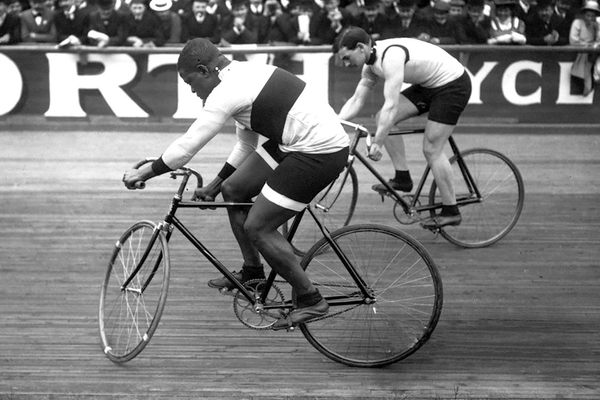
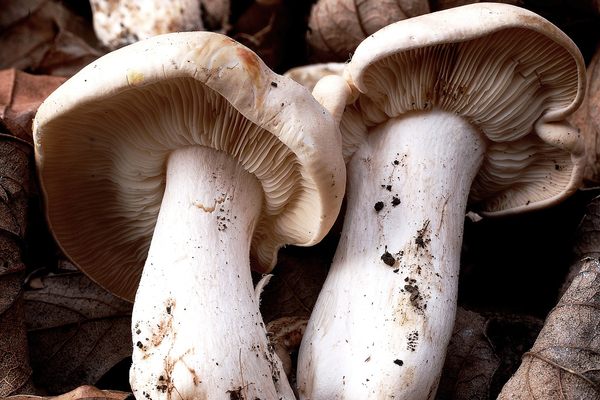
















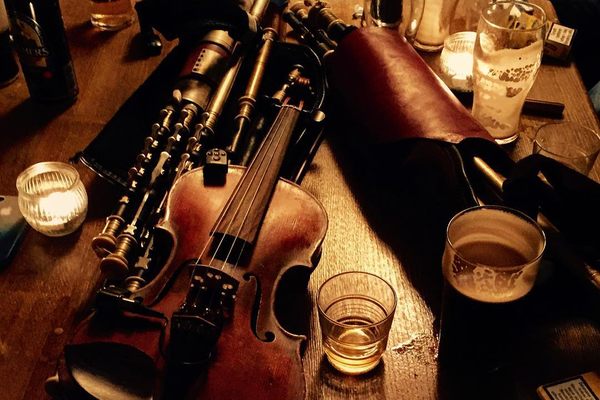
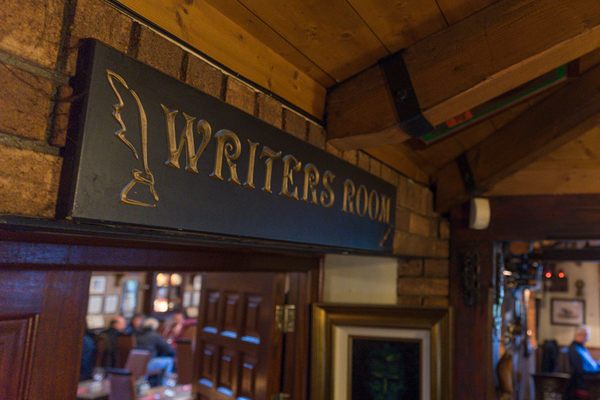


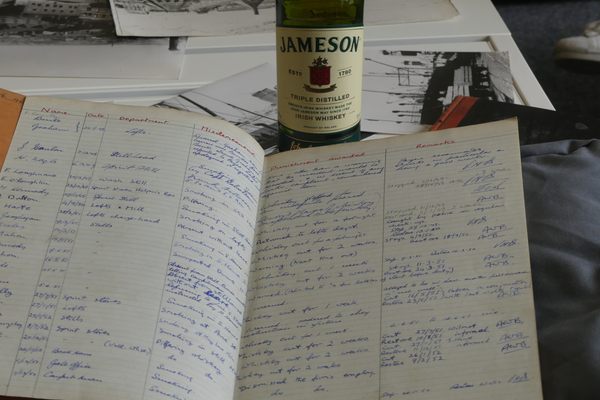


Follow us on Twitter to get the latest on the world's hidden wonders.
Like us on Facebook to get the latest on the world's hidden wonders.
Follow us on Twitter Like us on Facebook